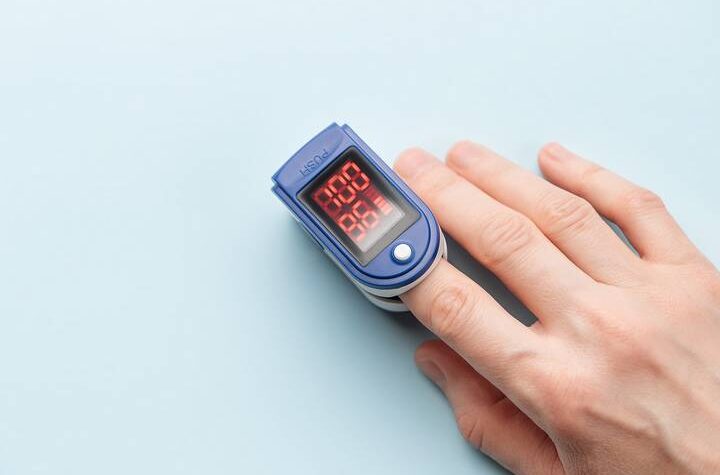An oximeter is a gadget used to measure how much oxygen one carries in their blood. Nearly everyone who has been to the hospital or received home care services has experienced a small clip placed over their finger, toe, or earlobe- that’s the oximeter.
While oximeters perform well in checking one’s oxygen level and pulse rate, it’s essential to note that they can never replace medical professionals and healthcare providers. Whenever you suspect something isn’t right even after acquiring the correct oximeter readings, it’s advisable to look for further examination by a health expert for greater safety. Remember to keep oximeters away from reach by pets and children.
The device is easy to use by doctors or at home, but one might acquire inappropriate results if they don’t use it correctly. Here is a guide on how to use an oximeter, alongside other beneficial details.
1. Purchase the Oximeter
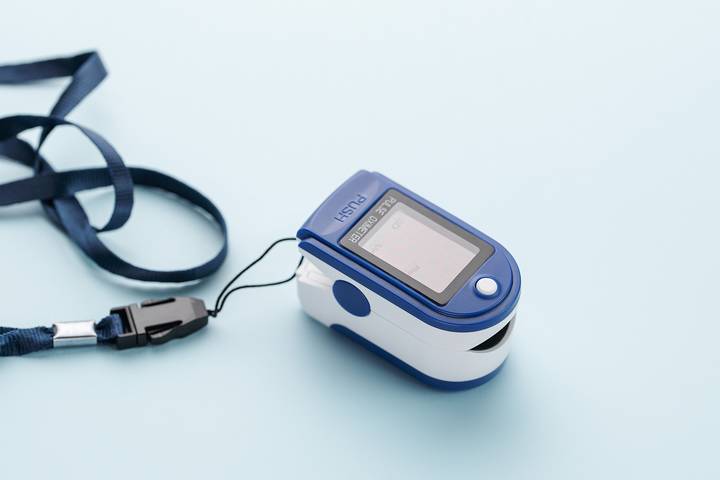
The first step in using a pulse oximeter is purchasing the device from a reputable dealer. A high-quality oximeter will likely last longer and function as required even under different situations than their poor-quality counterparts.
Additionally, you must understand the type of oximeter you need as they come in varieties, including handheld and pulse oximeters. When you ensure the oximeter suits your needs, you can unpack it from the box and check if the batteries work properly.
2. Prepare the Patient
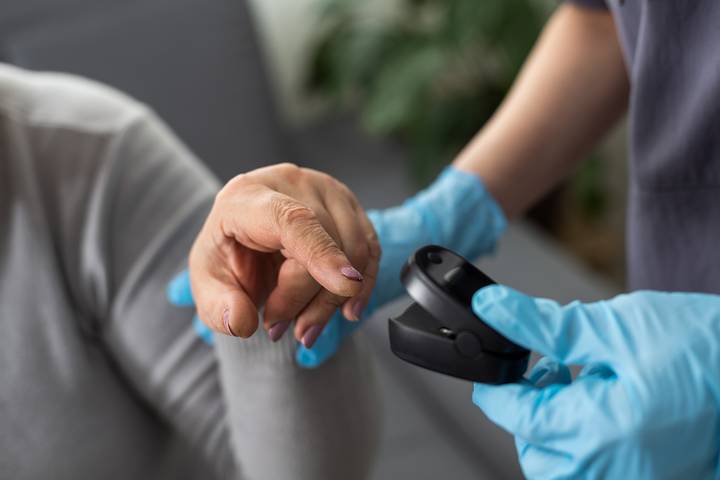
As a doctor, it’s not advisable to abruptly put an oximeter on the patient’s finger, toe, or earlobe without informing them of what’s about to happen. Some patients find it disturbing to have an oximeter on without clearly understanding the device and its purpose. Other preparations include removing earrings, artificial nails, or nail polish from the finger or two you wish to operate on.
Furthermore, the patient should warm their hands either by rubbing them together or placing them above a heater for appropriate readings. Even long natural nails can affect the functionality of an oximeter, delivering wrong readings.
3. Place and Start the Oximeter
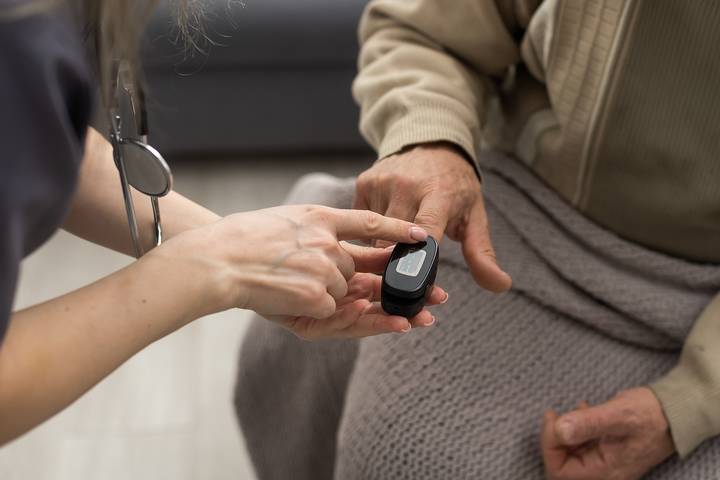
When the patient is fully ready, you can now place the oximeter on the preferred body part and start it to initiate the reading. If you’re using the earlobe, slide it into the device, ascertaining that it has fit well and firmly.
The instructions for positioning the oximeter can be mainly found within the package and are easier to execute. When the oximeter has fit well, you can start using the relevant power button, while automatic oximeters start themselves once you insert the finger or toe.
4. Wait, Interpret, and Record the Readings
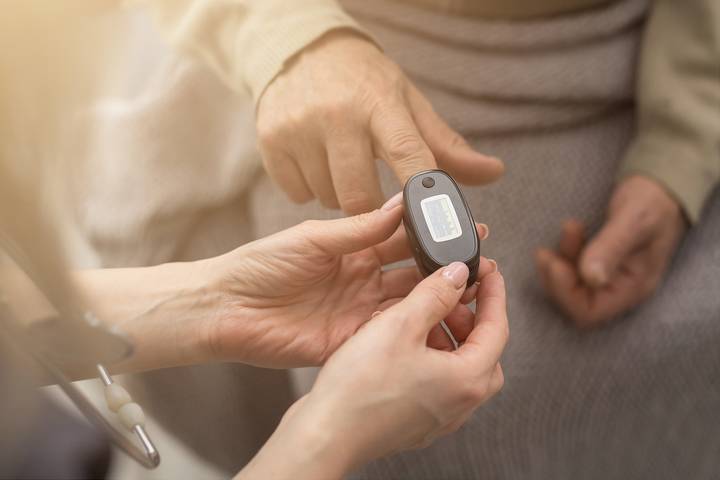
Like the pressure or heartbeat-checking devices, the oximeter should be left for seconds to read and display the required results. Moving or touching the device while in action reading will likely provide prolonged or inappropriate results. Therefore, 5 to 10 seconds of a still oximeter would offer the desired readings.
Oximeter readings usually appear in the percentage of oxygen saturation against the pulse rate. The pulse rate implies the rate at which the heart beats, while the oxygen saturation percentage indicates the blood level in the patient’s body.
Normally, a pulse rate should lie between 60 and 100, while the oxygen level ranges from 95% to 100%. A significant variance from the above readings is risky and should be examined further. Ensure to record the readings for future reference and assurance.
5. Turn Off and Store the Oximeter
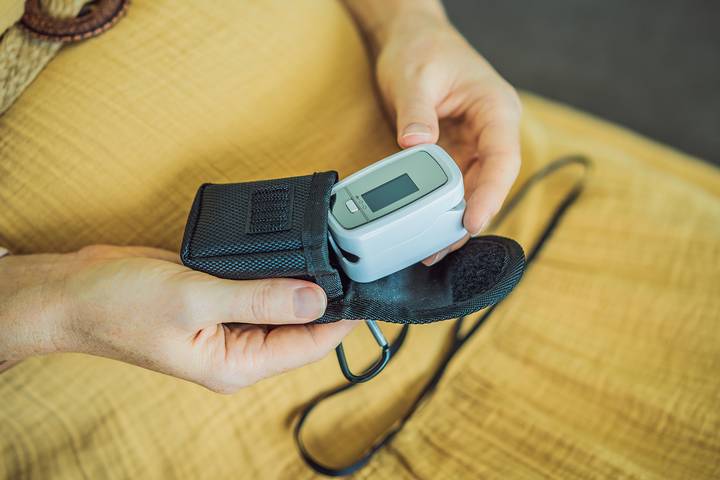
After you’ve acquired the right readings and interpreted them for the patient, you can turn off the oximeter and store it for future use. Turning off an oximeter is just a button click away or automatically removing it from the finger. Besides conserving its battery life, storing oximeters while they’re turned off is safe to avoid cell-rated misfortunes.
Oximeters should be cleaned according to the manufacturer’s specifications before storage to boost their functionality. After cleaning, remove the batteries, if stated, and store them in a protective case away from reach by children and pets. They should be stored upright in a cool and dry atmosphere and checked occasionally for more safety.
6. Safe Practices When Using an Oximeter
Besides long and artificial nails, there are other factors that one must consider to achieve the most accurate readings from an oximeter. First, the device’s maintenance level significantly influences its functionality, as poorly-maintained oximeters often deliver inappropriate readings.
Additionally, ensure to follow the manufacturer’s instructions regarding the calibration or have an expert adjust when needed for the best outcomes possible. The oximeter battery should be sufficient for its proper functionality. Low-battery or poor-quality batteries can often lead to inconsistent and inaccurate results.
Doctors should replace worn-out batteries or, even better, have spare batteries for emergencies. Extreme temperatures and climatic conditions can also negatively affect the functionality of an oximeter, delivering inaccurate results.

